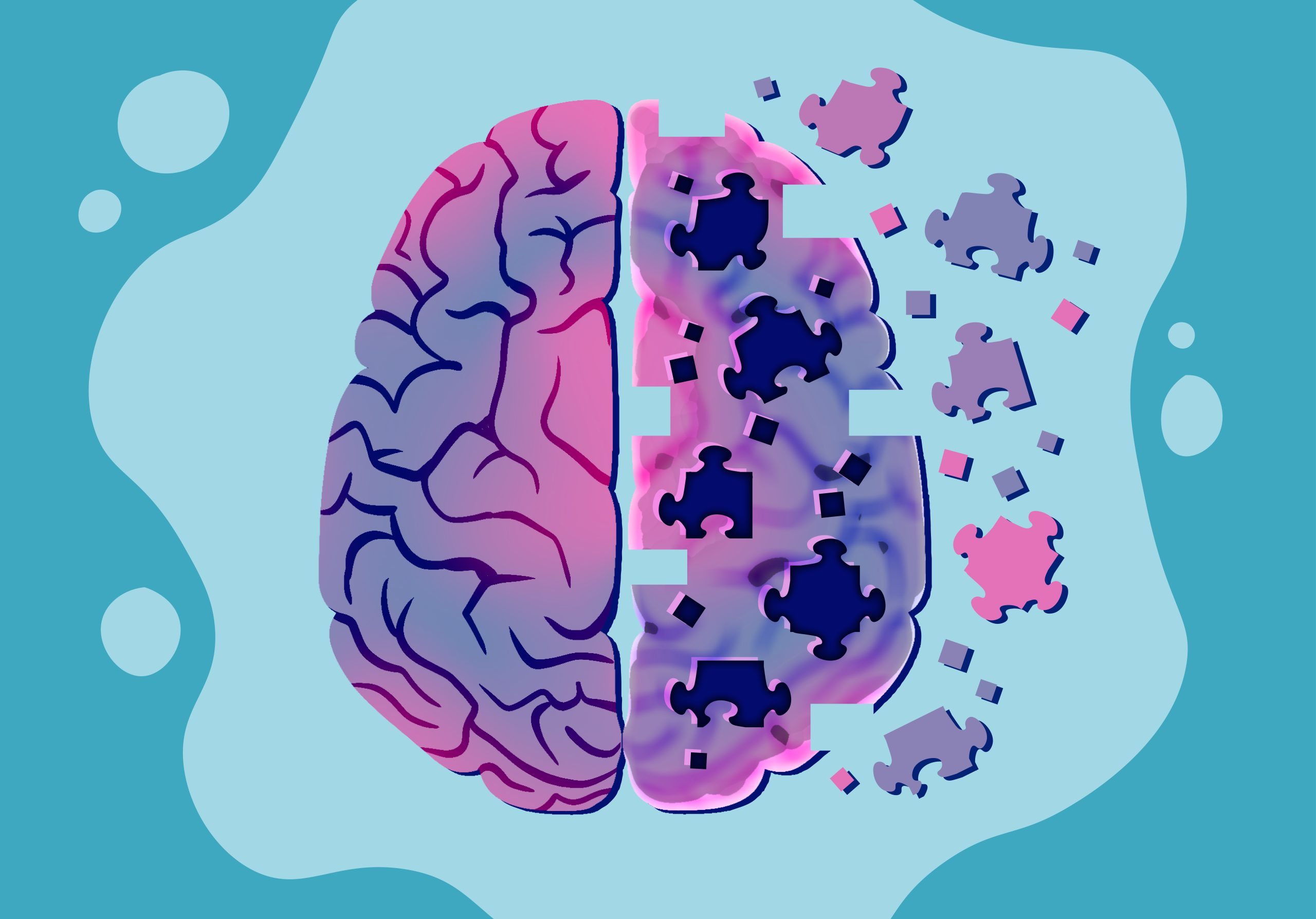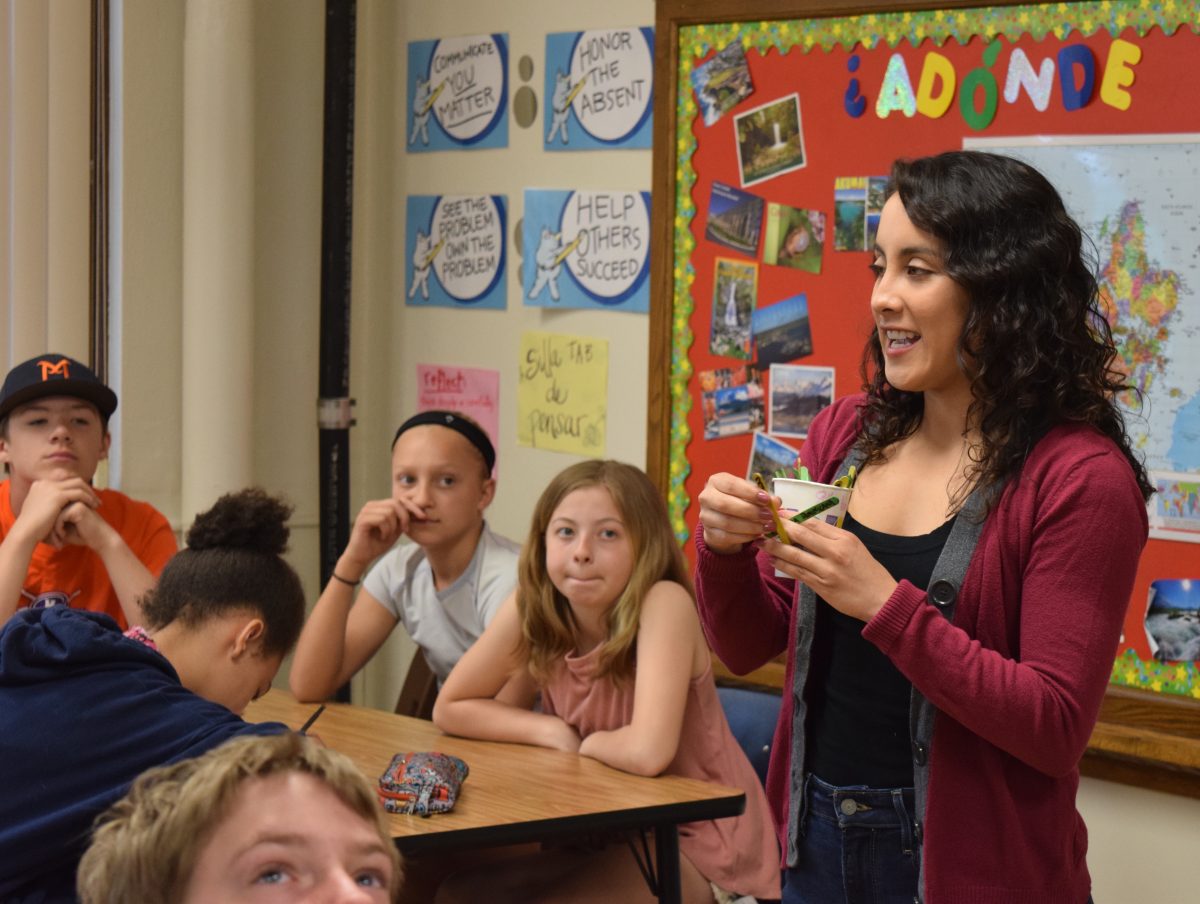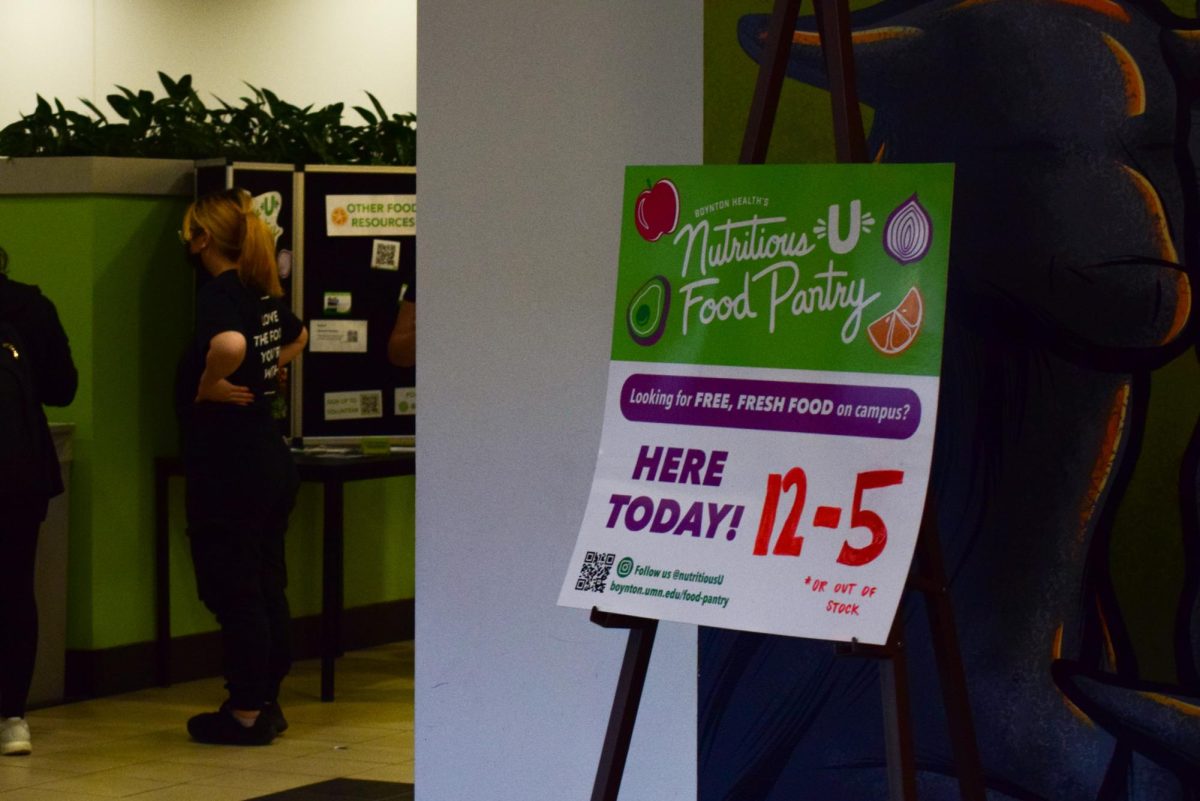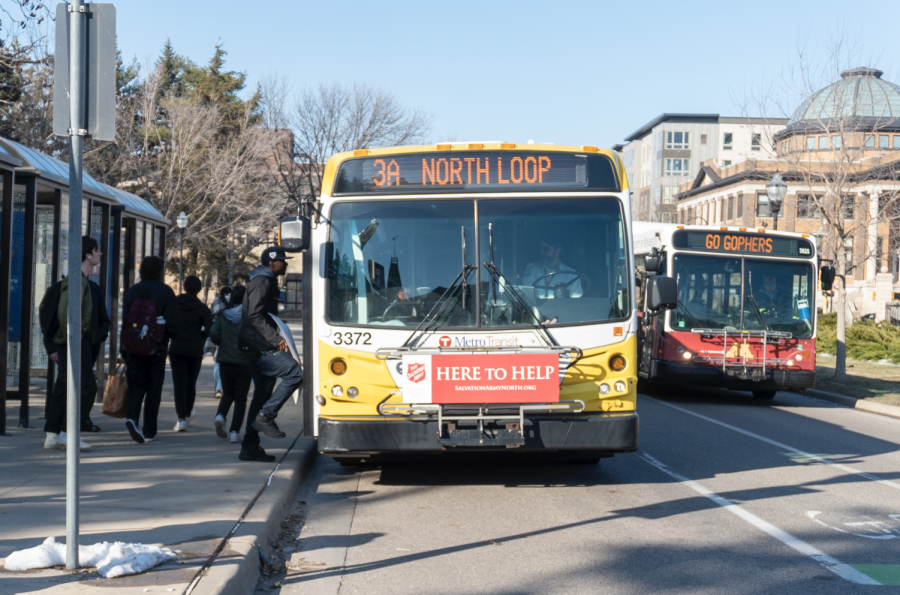Colleges around the country, including the University of Minnesota, have seen a drop in drinking paired with more marijuana use.
While alcohol use has declined at the University in the past decade, marijuana use continues to rise despite a lack of smoking in those under 18. However, national and area experts still don’t know for certain what causes this trend.
High-risk drinking at the University has decreased nearly 10 percent since 2001. The total number of students consuming alcohol fell about 6 percent in the same period.
There aren’t many anti-drug or alcohol outreach efforts at the University, said Dave Golden, Boynton Health public health and communications director, adding the pushes are often ineffective with students.
“We don’t reach out and say ‘hey we have these services’ because that doesn’t work. People need to be able to find these services when they need them … really most of what we see is referrals where they’ve gotten into some level of trouble,” Golden said.
Beyond AlcoholEdu — the online program on alcohol use required for new students — there are few to no prevention efforts on campus, but some groups like Student Legal Services are looking to start new programs.
There is no punishment for students who don’t complete the AlcoholEdu program, Golden said.
He said, to his knowledge, that there are no campus programs specifically targeting drugs other than alcohol. But if a student is caught violating a drug policy, they are placed in a program designed to help them rather than punish them.
Any student who gets a checkup at Boynton is given a series of questions which can cause them to be sent to a drug counselor, Golden said.
Alcohol prevention efforts at the University are directed by the Alcohol Abuse and Prevention Committee.
The University tries to help students in trouble with alcohol or marijuana use after the fact. SLS refers students to alternative punishment methods — like community service — that don’t leave a mark on their permanent record, said Mark Karon, the University SLS director and APAP committee member.
Citations for underage drinking have also dropped over the past few years, Karon said, but this is likely due to 2013’s medical amnesty law, which grants immunity to those who call 911 for alcohol overdoses, rather than a drop in drinking.
He said SLS and the University of Minnesota Police Department have educated University community advisors in residence halls on medical amnesty during their training.
Meanwhile, marijuana use has risen since 2007 both nationally and at the University.
While fewer people under 18 smoke marijuana, total use has grown, with more than an estimated 22.2 million people using the drug in the last 30 days.
Researchers are unsure if marijuana affects alcohol trends, said Kimberly Johnson, the Substance Abuse and Mental Health Services Administration director.
Some studies show marijuana replaces alcohol use, but others show they are used together, Johnson said.
She said she thinks young people are using marijuana less because of national prevention programs, which delay the age people start using the drug.
“Delaying is good,” Johnson said. “Every year you can delay use … is preventing future substance abuse.”
ThanhVan Vu, a Boynton drug counselor, said she’s seen cases where a social drinking environment triggers a student to try marijuana for the first time, which could lead to future use.
“I would suspect that we’re going to see more and more cases of marijuana … and I think my colleagues would agree with that,” she said.
Most students sent to counseling have violations, Vu said. But those sent for marijuana use often don’t see it as a problem and often consider it a solution to personal distress.

















